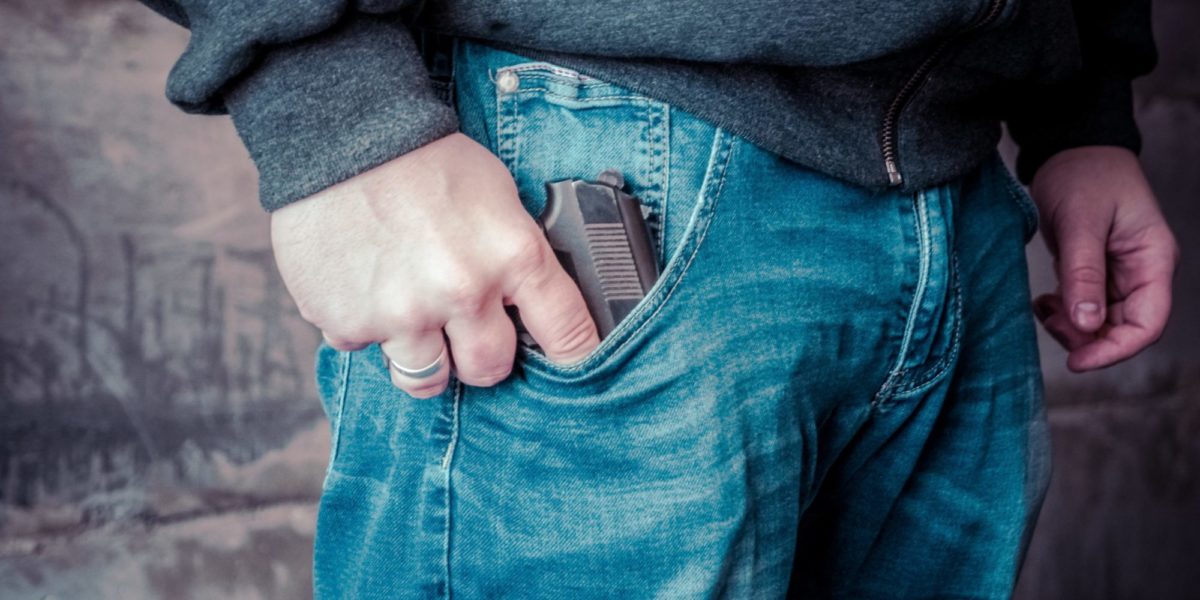Depending on the data you cite, the defined terms and the scope of that data, the picture of gun violence in Toronto changes significantly.
I agree — gun violence is a serious concern. Sadly, often missing from the gun violence discussions is absence of context and other social concerns. For example, what are the type of social conditions and context that may contribute to an increase in gun violence, in where, how, when and why it occurs?
Most recently, a Toronto Sun journalist published an article that suggested, though he was clear that there is no correlation with causation, that the change in the carding regulations caused the increase in gun violence. Carding is the arbitrary practice of stopping citizens that are neither engaged in nor suspected of criminal activity; it is allegedly used for information gathering purposes. These practices impact certain groups, namely racialized and Indigenous groups are a larger rate. Carding was legislatively banned in 2017. Carding but with another name — street checks — permit the police to gather information provided certain procedures are followed. This is without comment as to the validity or legitimacy of those same legislative changes.
The Sun journalist cited from the Toronto Police Service’s data set, which is publicly available information. He also limited his reporting to the data sets between 2014 and 2021. He reported that there was a steady increase during that time, and he attempted to draw the conclusion that the reason for the increase in gun violence was due to the fact that carding ended effectively in 2014.
“While correlation is not the same as causation — just because two things happen at the same time doesn’t automatically mean one caused the other — these statistics demonstrate precisely what many Toronto Police officers warned would happen when street checks, a fundamental tool of police intelligence gathering, were scrapped because of allegations the practice was racist.”
Yet, in 2014, the Toronto Police Service (TPS) passed another policy titled Community Engagements or “Community Contacts Policy” that were to replace the past carding practices. It did so with much criticism including from the Ontario Human Rights Commission and Law Union of Ontario. That TPS policy is still active. Whether the TPS ended carding in 2014 is suspect reporting by the Toronto Sun. Like the carding regulations, the policy may be street checks but with another name.
A closer look at the data reveals a different picture on two important points:
Since 2004, gun violence has been increasing, as reported by Toronto Police Service itself.
Shooting events, defined as a projectile discharged from a firearm including accidental (non-police) discharge, was the highest in 2019 since 2004 but lower in 2021 (as of Dec. 29, 2021, it is aligned with the total events in 2016).
In 2021, this was the first time that Toronto Police Service released its data.
Of course, when a police force releases data, the public should be cautious about the type of findings it discloses.
When you look at another data set, Statistics Canada, another picture is painted:
Toronto has a homicide rate of 1.62 per 100,000 population in 2020 which is below the national rate of 1.95 and a 20 per cent decrease from the previous year’s rate. Toronto, however, had the highest homicide rate at 105 victims in 2020. Despite this, Toronto’s homicide rate has been decreasing since 2018 where the number of victims peaked at 145. Toronto also saw the latest decrease in number of firearm-related homicides in 2020.
The Toronto Sun journalist attempts to close off with another conclusion that suggests that banning handguns and mandatory minimums are not the answer to the increase in gun violence that this same journalist misconstrued in his reporting. He writes:
“So the carnage continues while the Trudeau government insists banning handguns and scrapping mandatory minimum sentences for gun crimes is the answer.“
Over the past 30 years, the kinds of firearms used in offences changed. Since the 1990s, there has been an increase in the use of handguns.
Data is political and how you choose to aggregate and report on data is also political.
This article was originally published in The Lawyer’s Daily on January 4 and is reprinted here with permission.




